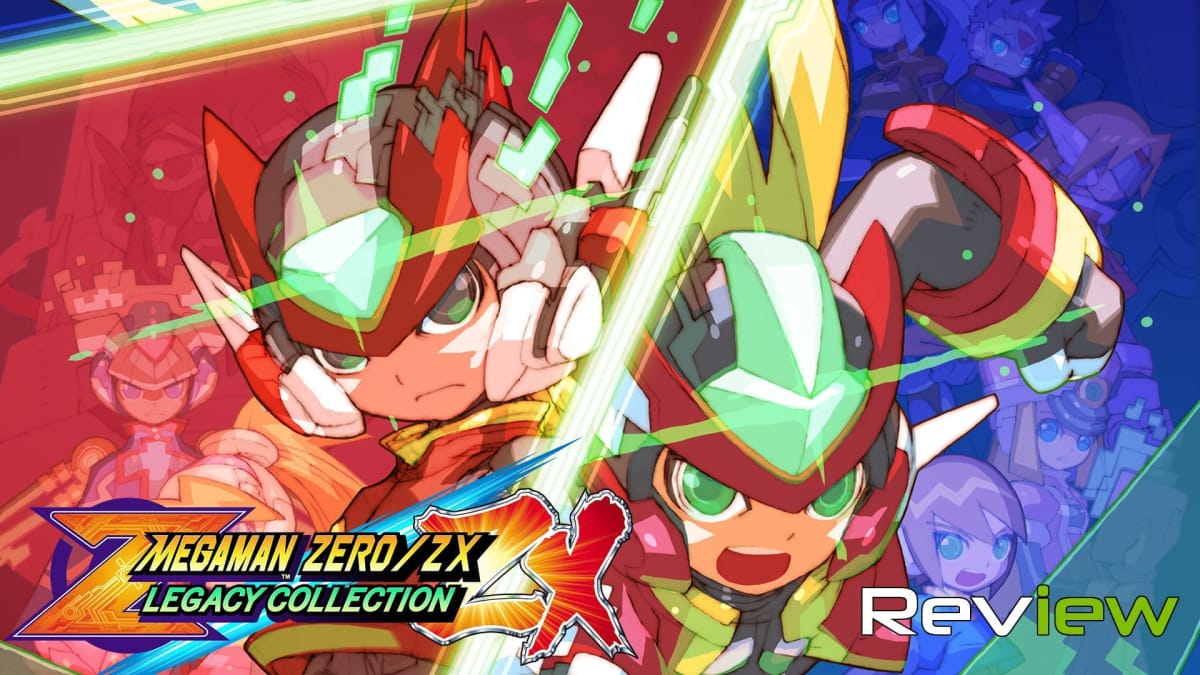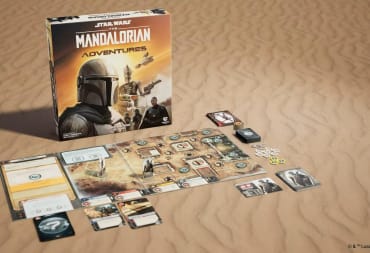Everyone knows about Mega Man X. The blue hero blasts his way through armies of evil robots, stopping Sigma and his nefarious plans every time. His friend Zero, however, didn’t really get top billing. He was fully playable in Mega Man X4 and beyond, but he didn't ever feel like the true star of the show. X always got the cool armor upgrades, leaving Zero in the dust. That all changed when Inti Creates—a studio made of ex-Capcom developers—created Mega Man Zero in 2002. This Game Boy Advance title kicked off a series of action platformers, and after 13 years, Capcom has bundled all six into a neat package for modern systems: the Mega Man Zero/ZX Legacy Collection.
This mouthful of a title gathers the four Mega Man Zero games, Mega Man ZX, and Mega Man ZX Advent. The latter two come from the Nintendo DS, but they all feature action platforming akin to the Mega Man X series. You can dash around and kick off walls to avoid pitfalls and spikes, while your buster and saber kills enemies and bosses. If you played as Zero in X4 and beyond, you have a pretty good idea of what to expect in the Mega Man Zero/ZX Legacy Collection.
For longtime fans looking to stroll down memory lane, picking up this collection is a no-brainer. For the most part, these ports stay faithful to the original games while adding some welcome quality-of-life improvements. For prospective fans, extra features make the experience easier to get into. However, you’d better be prepared for unforgiving, tough-as-nails platformers.
An A-Rank Collection with a Z Chaser
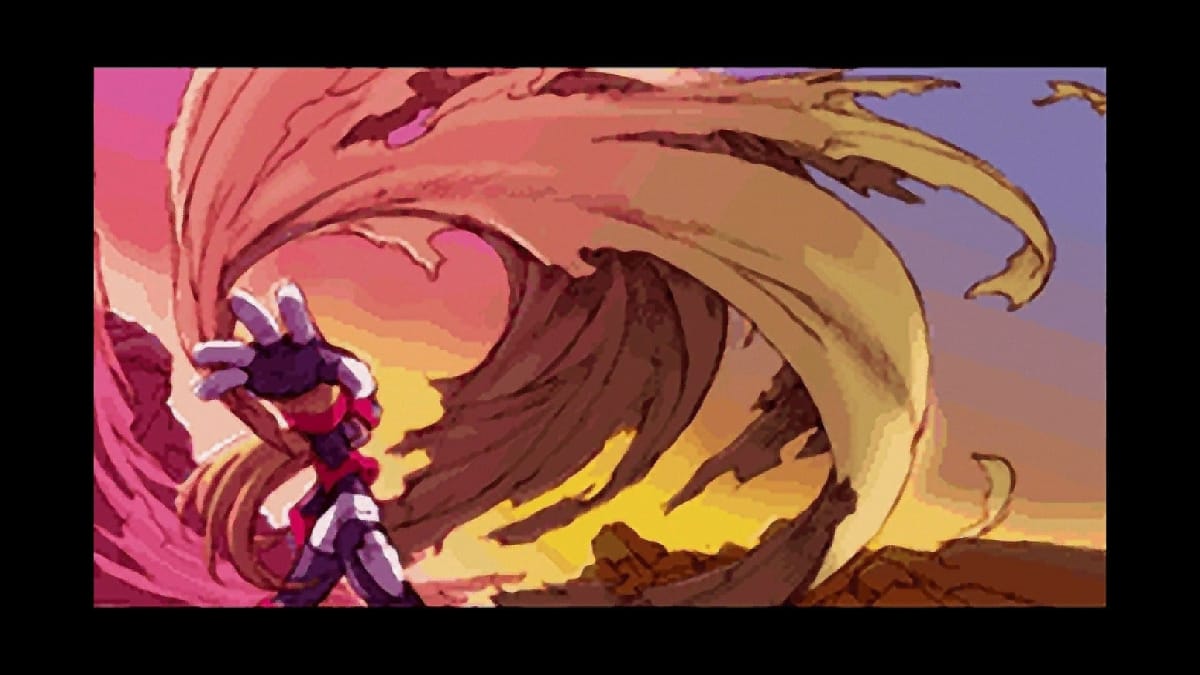
In terms of presentation, the Mega Man Zero/ZX Legacy Collection bundles its six games into a warmly welcoming package. The in-game menu contains options that change the look of the emulation, including the ability to resize the screen. Three filter options are offered as well, one of which provides pixel smoothing that improves the overall visual fidelity. It’s worth noting, however, that no matter what, this collection won’t be the prettiest thing on your big 4K TV. After all, these are old handheld games, and pixel art has come a long way since 2007.
In terms of controls, these ports passably accommodate modern controllers. You can remap your controls to any of the four face buttons—even in the GBA games—and you can map actions to half of the shoulder buttons. That means on the Switch, only L and R are available. This didn’t stop me from enjoying the Mega Man Zero/ZX Legacy Collection, but it’s a shame that I can’t use ZL or ZR to be thematically on point.
The original games have a reputation for being difficult, which can put off some newcomers. Thankfully, Capcom made efforts to be as considerate as possible. Two modes—Save Assist and Casual Scenario—make the collection easier in different ways. Save Assist adds new checkpoints throughout every stage while giving you essentially unlimited lives. Casual Scenario, on the other hand, makes you do more damage and take less damage. This makes it easier to experience the narrative, which is far more polished than your average Mega Man game.
The collection also has some fan service to reward more nostalgic players. The killer soundtracks can be found here, along with a slew of concept art, some of which showcase radically different character designs. In the crown jewel of fan service, the Mega Man Zero/ZX Legacy Collection really puts Zero 3 on a pedestal. As you play, you’ll unlock in-game achievements, which in turn unlock unintrusive easter eggs in Zero 3. These bonuses include extra NPCs, in-game Mega Man Battle Network posters, and buffs to certain weapons.
To top things off, Capcom added a new mode to the game: Z Chaser. To put it simply, it’s a time-attack mode. You run through various stages from all six games and try to beat your record, which can also be uploaded to leaderboards for bragging rights. You can also race against a friend locally, which admittedly has limited appeal. To make things worse, Capcom prevents you from rebinding the controls in Z Chaser, and frankly, the default controls feel a little clunky in the Zero titles.
Mega Man Zero Slashes and Dashes
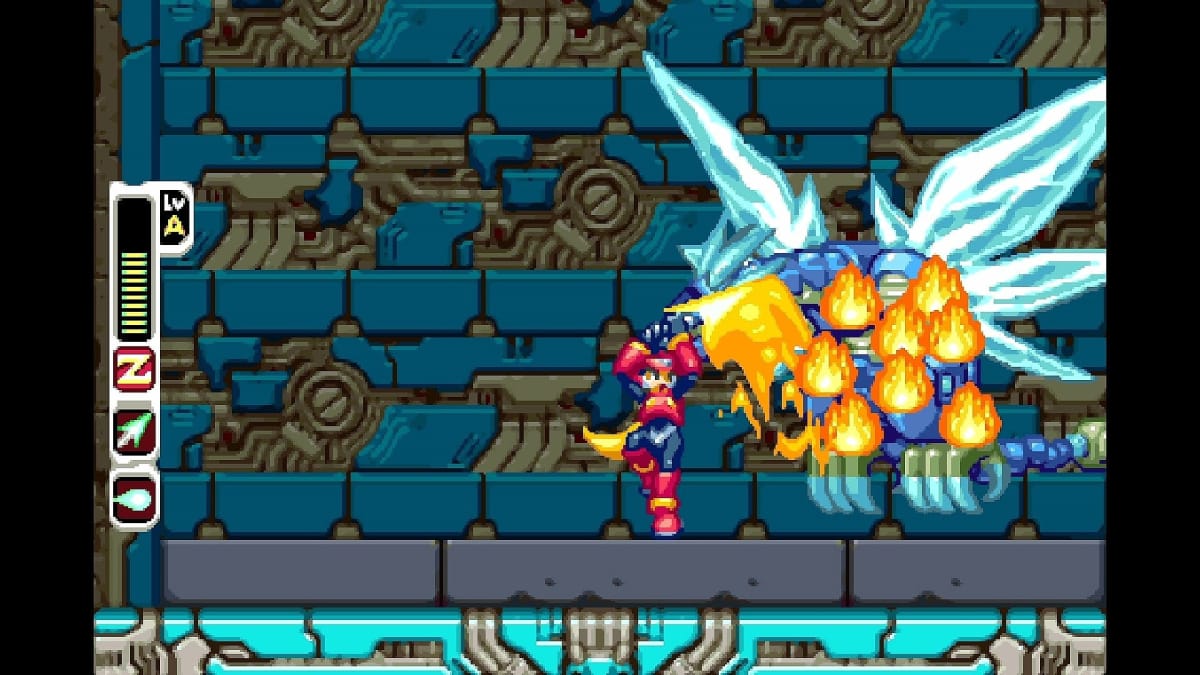
The Mega Man Zero titles, holistically speaking, offer a higher-quality package compared to the ZX duology. The story told across these four games shouldn’t be missed, as the climaxes in each title add a surprising amount of narrative depth to the finales. The first game starts a century after the Mega Man X series when Zero awakens with amnesia. In this world, humans live under the iron fist of an evil version of X, who claims he’s protecting humanity. The series takes off from there as we follow Zero on a journey of self-discovery.
Zero and Zero 2 arguably aged the worst, being the oldest in the collection. Some of the RPG-like systems feel unnecessarily grindy, especially in how slowly you obtain weapon skills. Additionally, using Cyber Elves—which provide boosts to Zero—can be excruciatingly obtuse.
Gripes aside though, these four titles offer some of the best-in-class action platforming from this millennium. The classic wall kicking and dashing mechanics make each stage an engaging journey, while the weapon selection gives you a diverse toolbox to play with. Staples like the Z Saber and Buster form the X-style platforming foundation, while the various Rods and the Shield Boomerang complement Zero’s in-your-face fighting style. The later games also add new body parts that Zero can equip, giving him abilities like double jump and elemental attacks.
In terms of game design, the Zero titles are fairly straightforward. The familiar eight-boss formula returns, with some extra stages thrown in for narrative purposes. It becomes predictable fairly quickly, but the narrative still finds ways to surprise players.
Mega Man ZX Stumbles
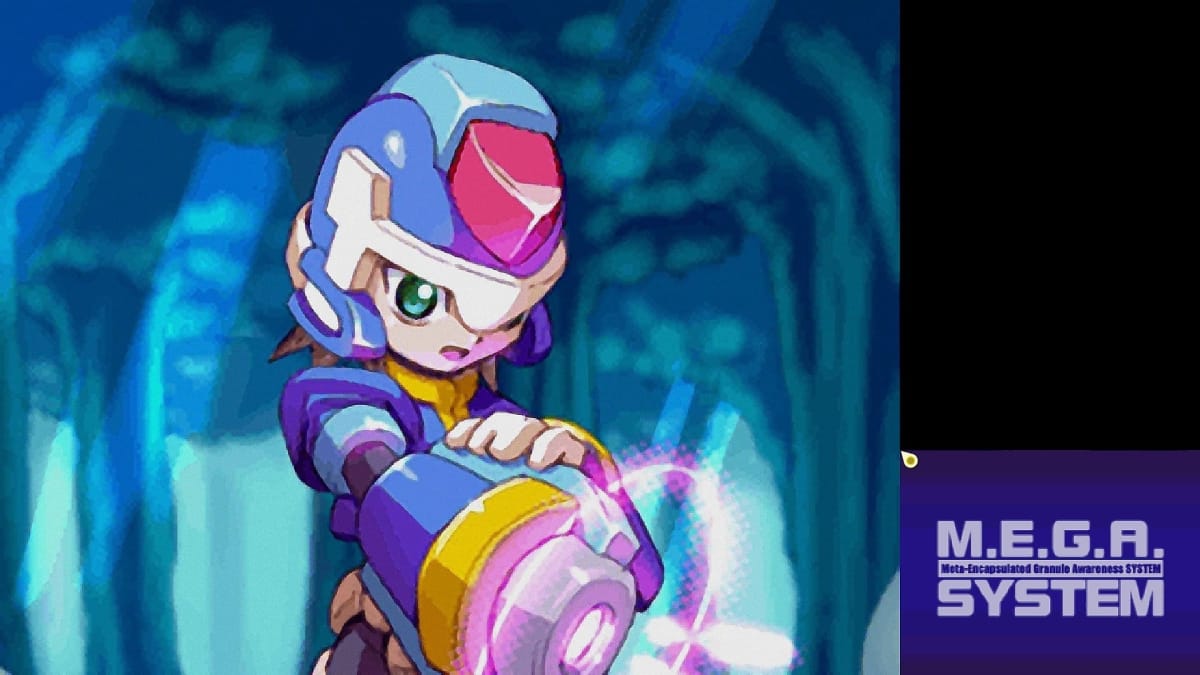
That eight-boss blueprint carries into the ZX series, but with one crucial difference: The world is designed as a Metroidvania-esque map instead of a series of disconnected stages. The intertwined map hurts ZX more than helps it, as it’s pretty easy to feel unsure of where the next mission is.
The DS games at least shake up the action. You play as a chosen one (of course), which means you can interface with various Biometals. These hold the essence of long-gone heroes, and you use them to transform into X, Zero, and Mega-Man-like hybrids of bosses. When you combine the first two, you get ZX, a form that plays a lot like Zero from the GBA games.
ZX Advent changes things by letting you transform directly into the bosses you defeat. Learning these different move sets can feel a little overwhelming, and you don't get the ZX form until later, which can be tough to stomach. Overall, the extra overhead of swapping between these forms in the middle of stages gets in the way of the fun. Advent tries to get around this by using the DS touch screen as a menu for quick transformations. However, its implementation in this collection is a little clunky. The right stick controls a cursor while clicking in the stick (or ZR) selects whatever it’s hovering over. It doesn’t integrate well with the high-speed action on the main screen.
Where ZX shines brightest, though, is in its audio design and visual fidelity. The voice lines have been remastered, and you can hear it best in ZX Advent, which is the only game in this collection to have English voices. Additionally, this package features high-resolution videos of the animated cutscenes, which are gorgeous. Unfortunately, this high-quality presentation doesn’t do much to save the middling narrative of the ZX games, and the English voice acting inadvertently turns ZX Advent into a comedy at times.
Mega Man Zero/ZX Legacy Collection Review | Final Thoughts
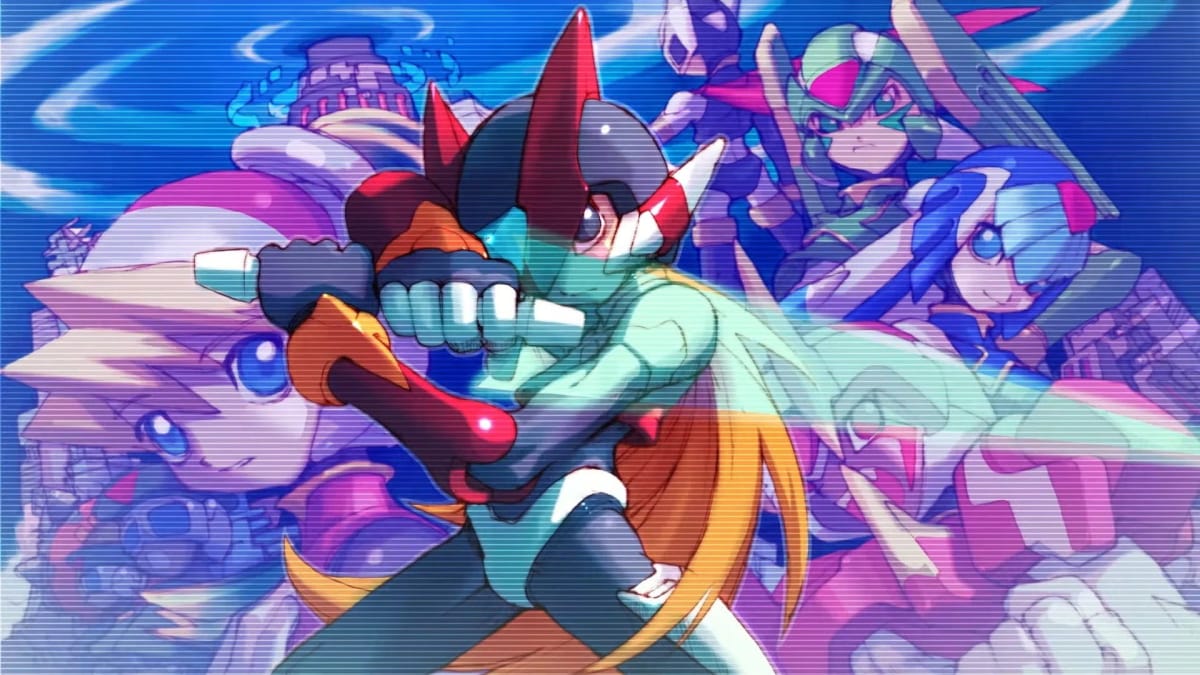
All in all, the Zero games steal the show in this collection. While the ZX titles are wonderful in their own right, they don’t quite live up to their predecessor, especially in a package that makes it easy to compare the two. Generally, all six games suffer from some inconvenient design choices, while Z Chaser feels like a forgettable afterthought. On the whole, the Mega Man Zero/ZX Legacy Collection should satisfy nostalgic fans of action platformers, and it tells a story about robots that has a lot of heart.
TechRaptor reviewed Mega Man Zero/ZX Legacy Collection on the Nintendo Switch with a code provided by the publisher.
Review Summary
Pros
- The Zero Games Tell a Wonderful Story
- The Action Feels Exciting
- The Soundtrack is Full of Bangers
Cons
- These Games Can Be Punishingly Difficult
- Irritating Design Choices Hamper the Fun
- Handheld Games on a TV Can Only Look So Good
Have a tip, or want to point out something we missed? Leave a Comment or e-mail us at tips@techraptor.net
